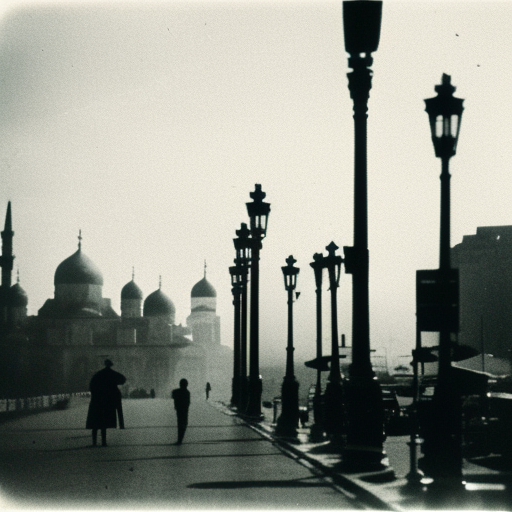The Byzantine Empire: A Comprehensive Summary
The Byzantine Empire, also known as the Eastern Roman Empire, was a continuation of the Roman Empire in the eastern Mediterranean region. It emerged in the 4th century AD and lasted for over a thousand years until its fall in 1453. The empire was characterized by its strong centralized government, rich culture, and strategic location.
Foundation and Early Years
The Byzantine Empire was founded by Emperor Constantine the Great in 330 AD. He established the city of Constantinople (modern-day Istanbul) as the new capital of the Roman Empire. This move shifted the focus of power from Rome to the eastern part of the empire. Constantine’s reign marked the beginning of the Byzantine Empire.
Justinian and the Golden Age
One of the most significant periods in Byzantine history was the reign of Emperor Justinian I (527-565 AD). He sought to restore the glory of the Roman Empire by reconquering lost territories and codifying Roman law. Justinian’s most notable achievement was the construction of the Hagia Sophia, a magnificent cathedral that became a symbol of Byzantine architecture.
Iconoclasm and the Struggle for Religious Orthodoxy
During the 8th and 9th centuries, the Byzantine Empire faced a religious controversy known as Iconoclasm. Iconoclasts believed that the veneration of religious images, or icons, was idolatrous and should be prohibited. This led to a period of iconoclastic persecution, with many icons destroyed and religious dissent suppressed. However, the iconoclastic movement eventually subsided, and the use of icons was restored.
The Macedonian Renaissance
The 9th to 11th centuries are often referred to as the Macedonian Renaissance, a period of cultural and intellectual revival in the Byzantine Empire. During this time, the empire experienced economic prosperity, artistic achievements, and advancements in science and philosophy. The Byzantines made significant contributions to fields such as literature, architecture, and theology.
The Crusades and the Fourth Crusade
The Byzantine Empire became entangled in the Crusades, a series of holy wars between Christians and Muslims in the Middle East. The Fourth Crusade, in particular, had a profound impact on the empire. Instead of reaching their intended destination, the crusaders diverted to Constantinople and sacked the city in 1204. This event weakened the Byzantine Empire and led to the establishment of several Latin states in the region.
The Palaiologan Dynasty and the Final Years
In the 13th century, the Palaiologan Dynasty came to power and attempted to revive the Byzantine Empire. However, the empire faced numerous challenges, including territorial losses to the Ottoman Turks. By the 15th century, the Byzantine Empire was reduced to a small area around Constantinople. In 1453, the Ottomans, led by Mehmed the Conqueror, successfully captured Constantinople, marking the end of the Byzantine Empire.
Legacy
Despite its eventual fall, the Byzantine Empire left a lasting legacy. It preserved and transmitted ancient Greek and Roman knowledge to the West during the Middle Ages. Byzantine scholars played a crucial role in the Renaissance, as they reintroduced classical texts and ideas to Europe. Byzantine art and architecture also influenced later artistic movements, such as the Renaissance and Baroque periods.
In conclusion, the Byzantine Empire was a significant political and cultural force that endured for over a thousand years. It went through periods of expansion, religious controversy, and decline. Despite its ultimate demise, the empire’s contributions to art, literature, and scholarship continue to be appreciated and studied today.












